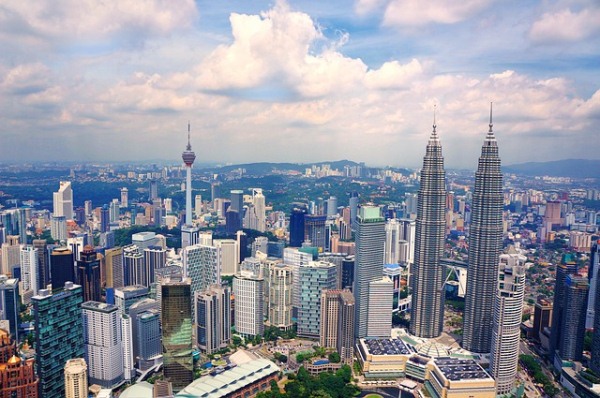- Global economy expected to grow by 4.7% in 2021, faster than earlier predicted
- The stronger recovery this year will still leave the global economy short of $10 trillion at the end of 2021 compared to pre-pandemic trends
- The brunt of the hit is being felt in developing countries
- Southeast Asia’s economic growth in 2021 has been revised upward largely due to a greater-than-anticipated contraction in 2020
The global economy is expected to grow by 4.7% this year, faster than predicted late last year, thanks in part to a stronger recovery in the US, according to a new United Nations Conference on Trade and Development (UNCTAD) report.
But the analysis entitled “Out of the frying pan… Into the fire” said this will still leave the global economy over US$10 trillion short of where it could have been by the end of 2021 if it had stayed on the pre-pandemic trend, with worries about the future persisting.
The brunt of the hit to the global economy is being felt in developing countries, according to UNCTAD. And while all regions will see a turnaround this year, potential downside health and economic risks could still produce slippages.
The global recovery that began in the third quarter of 2020 is expected to continue through 2021, albeit with a good deal of unevenness and unpredictability.
The US$1.9-trillion stimulus package and progress in distributing vaccines in the United States are seen to help in the faster recovery of the global economy.
However, the report noted that it will take more than one year for output and employment to return to their pre-COVID-19 levels in most countries.
It further warned that COVID-19 will likely have lasting economic, as well as health consequences, which will require continued government support.
In Asia, China is forecast to make a strong rebound in private investment as demand both at home and abroad picks up from the downturn last year. Nevertheless, despite the smaller-than-expected growth deceleration in 2020 and strong rebound projected for 2021, the Chinese economy will still be more than 2% below its pre-pandemic GDP trend level at the end of this year.
India’s growth performance in 2020 fell below mid-2020 expectations. The deeper-than-expected downturn explains in part the stronger recovery now projected for 2021. An anticipated recovery in global demand will also help buoy the export sector through 2021.
The growth rate of the Southeast Asian region as a whole last year was similarly below mid-2020 expectations, as other large economies in the region, particularly Malaysia and the Philippines, also underperformed vis-à-vis expectations. Both countries struggled with elevated and persistent infection rates, which were met with restrictions on population movements.
Indonesia’s growth performance in 2020 was also below expectations, as fiscal restraint held back economic activity and the country’s principal commodity exports performed weakly. The projection of a fairly moderate recovery in 2021 remains unchanged.
In Thailand, the sharp output contraction last year was consistent with expectations, as the country’s reliance on tourism proved a key vulnerability in a year of widespread travel restrictions.
The only significant positive surprise in the region has been Vietnam, whose growth in 2020 exceeded expectations. The country’s success in containing the virus’ spread helped to ensure a quick bounce back in activity, while the export sector continued to perform well despite the shortfall in global demand.
UNCTAD has revised upward its projection for Southeast Asia’s economic growth in 2021. This is largely due to the greater-than-anticipated contraction in 2020, which should engender a steeper recovery in 2021. The report foresees an upturn in private consumption and exports throughout the region which will drive the rebound in growth this year.





